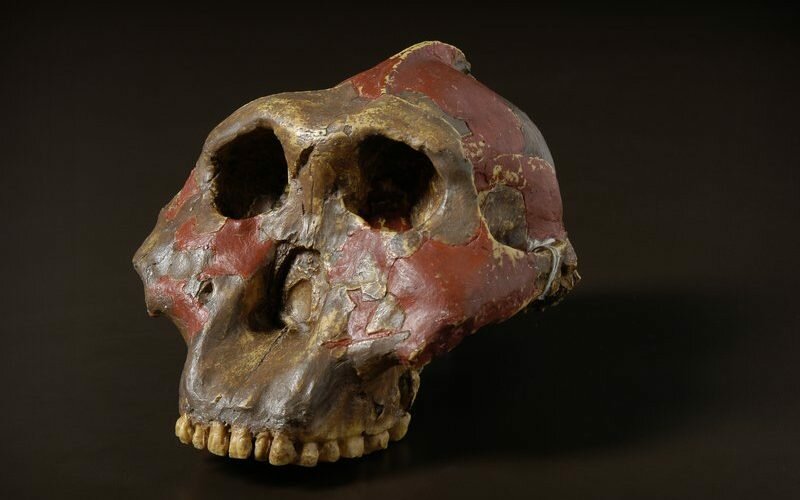A study published in Nature by an international team of scientists provides clear evidence for a link between astronomically-driven climate change and human evolution the last 2 million years.
Using an unprecedented supercomputer simulation of Earth’s climate as it transitioned through climatic shifts over the course of the Pleistocene epoch, researchers found that changes in variables such as precipitation and temperature were linked with how a range of different hominin species, including Homo sapiens, settled or wandered over eons of human prehistory.
“Even though different groups of archaic humans preferred different climatic environments, their habitats all responded to climate shifts caused by astronomical changes in Earth’s axis wobble, tilt, and orbital eccentricity,” says climate physicist Axel Timmermann from Pusan National University in South Korea.
The results add significant weight behind the argument that prehistoric episodes of climate change helped to spur evolutionary developments in the Homo genus – a long suspected but nonetheless difficult-to-prove hypothesis, due to a lack of hard climatic data overlapping contemporaneously with discoveries of archaic humans in the fossil record.
“One of the most notable problems is that terrestrial records of habitat information – such as that obtained from sedimentary outcrops and paleolake drill cores – are often limited in terms of the time frames of data available,” explains archaeologist Michael Petraglia from the Max Planck Institute for the Science of Human History in Germany, who wasn’t involved with the study but is the author of a commentary on the findings.
To sidestep the issue, Timmermann and his team modeled changes in environmental conditions across Earth over a period of 2 million years, incorporating astronomically triggered climatic shifts due to Earth’s movement, known as Milankovitch cycles.
The simulation, running on a South Korean supercomputer called ALEPH, took over six months to crunch the numbers, producing what the team says is the longest-running comprehensive climate model simulation to date.
The researchers then compared the data to the documented presence of several hominin species in the fossil record – including Homo erectus, H. heidelbergensis, and H. neanderthalensis, among others – and encompassing over 3,000 geochronologically constrained hominin fossils and associated materials.
The results tell a complex story of how different hominin groups variously dispersed across Earth over time, but they also suggest that the dispersals (and contrasting periods of habitation in the same spot) were tied to climatic patterns affecting factors such as temperature suitability and food availability.
“Our study documents that climate played a fundamental role in the evolution of our genus Homo,” Timmermann says.
“We are who we are because we have managed to adapt over millennia to slow shifts in the past climate.”
As one example, the researchers suggest that climate stress in southern Africa could have been what led to the rise of H. sapiens, while H. heidelbergensis went extinct. Beyond suggesting that climate data played a role in human evolution, the study goes even further, arguing that shifts in human adaptation cannot be fully explained without recourse to a broader understanding of climatic factors affecting ecosystems.
“To understand hominin evolution during the Pleistocene, the full spatial and temporal complexity of the climate signal and the corresponding habitat suitability must be considered,” the researchers write.
According to Petraglia, it will fall to new fieldwork investigations to experimentally verify such ideas, carefully scrutinizing fossil records to discover traces of paleoenvironmental information we haven’t yet uncovered.
“There is still much to learn about the evolutionary implications of climatic variability over the past 2 million years,” he writes.
“[This] study provides a starting point for testing a range of theories about how climatic and habitat shifts shaped the distribution, diversification and dispersal of hominin species.”
Sources:
Nature –A lengthy look at climate and its role in hominin evolution – 13 April 2022 – Michael D. Petraglia
Climate effects on archaic human habitats and species successions – Published: 13 April 2022

